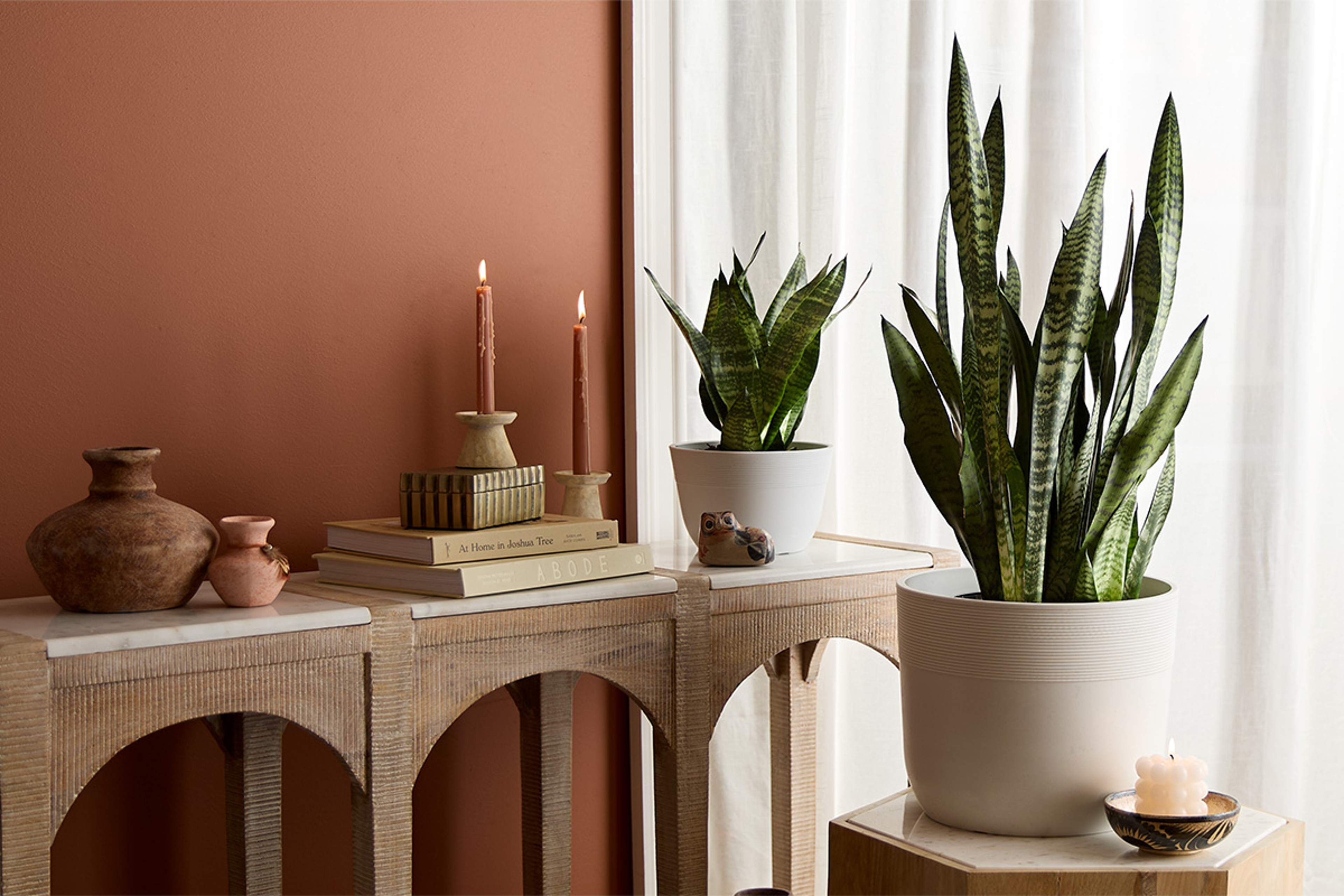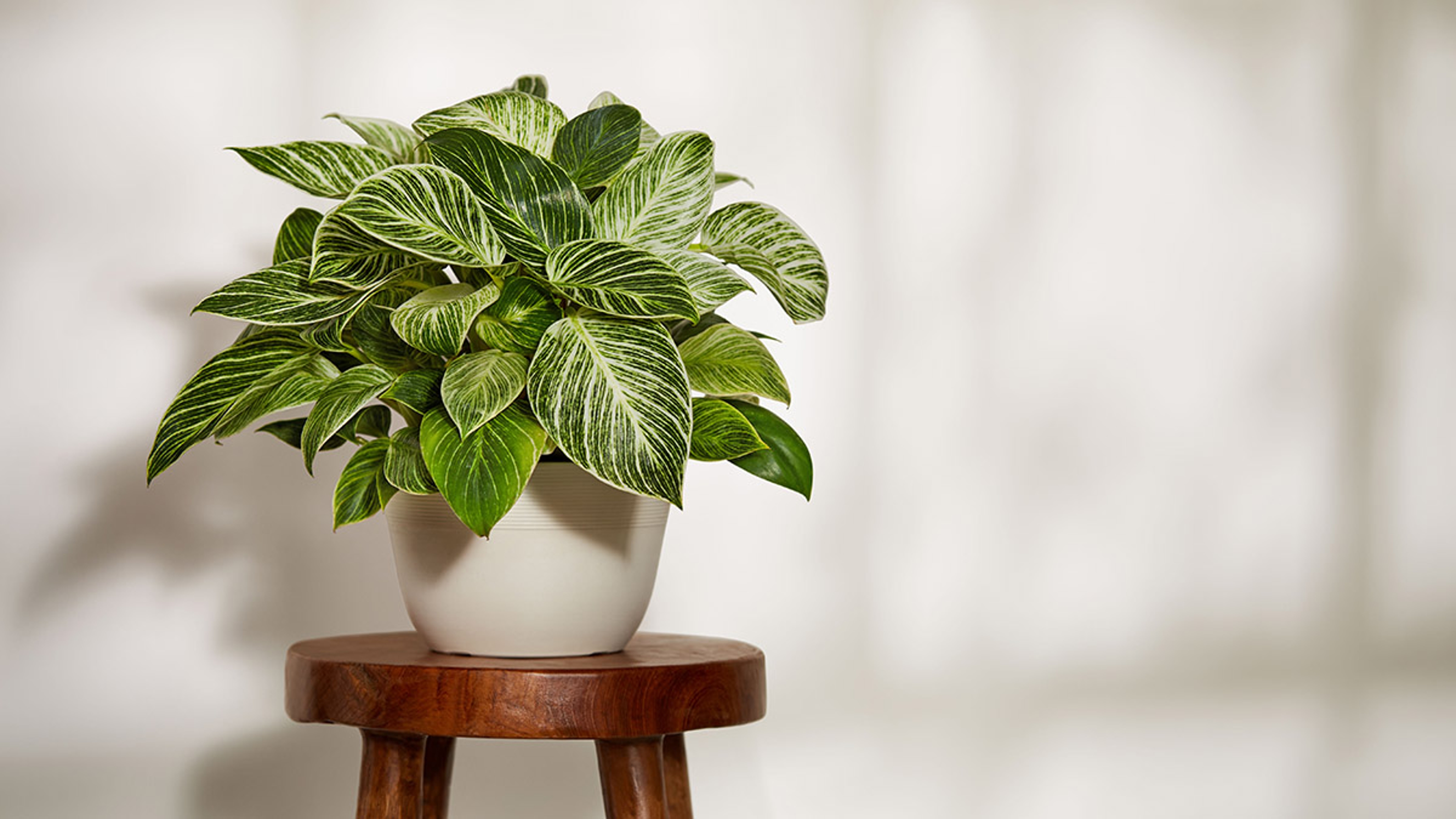
Hardy, long-lasting, and a symbol of strength and resilience…this plant is a winner.

Visually striking and easy to care for, this plant will inject life into any space and thrive just about anywhere you put it.

Use this guide to set off on an adventure of stunning displays, vibrant fields, and joyful celebrations.

This timeless bloom represents unity, beauty, and love, making it the perfect choice for this honor — and the time we're living in.

Visit one of these annual celebrations to get up close and personal with the world's most popular flower.